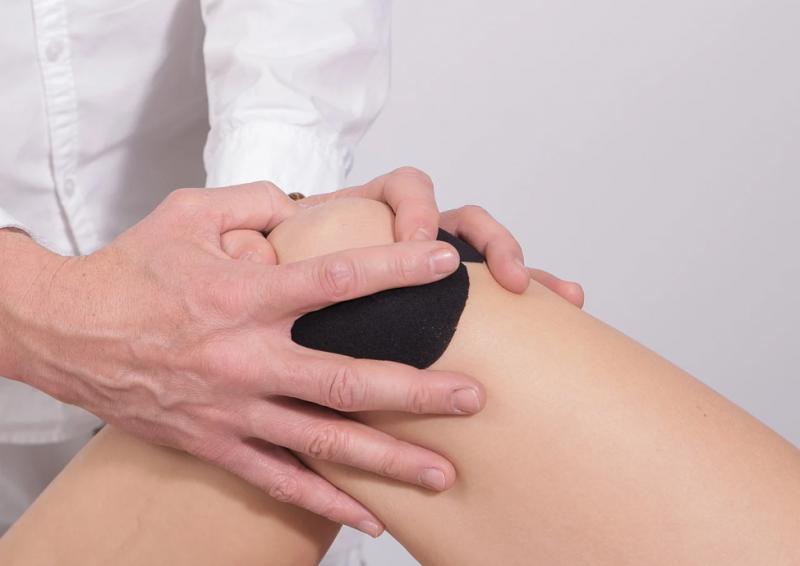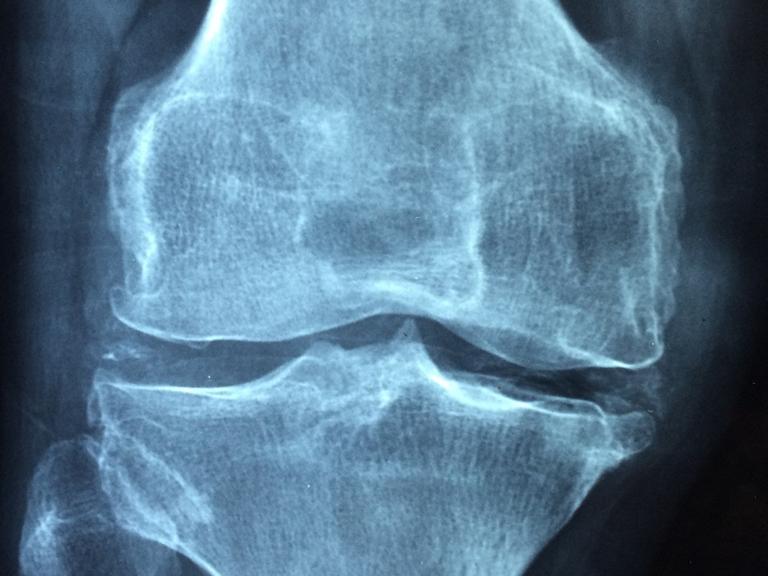Ultra Sound Guided Injections for Knee Pain, Ankle Pain, and More

While standard knee joint shots are not completely accurate, sonographer infusions have a 100% success rate. Compared to standard injections, this method provides a more significant pain relief and reduces the risk of side effects like skin thinning or cortisone. It is also a better method of identifying the source of the pain. In addition to the accuracy of sonographer guided knee joint shots, this method is safe and effective.
Corticosteroid Parameniscal Ultrasound
Ultrasound guidance is an advantage of this procedure, as it reduces the chances of the injection penetrating into the joint space. For instance, the patient may be more likely to have a reaction to a Steroid injection for knee pain if the procedure is conducted without a sonographer. A variety of factors must be considered before deciding whether to use the procedure for your knee pain.
It is also important to understand that patients will receive a lower dosage than with a conventional procedure. Perimeniscal ultrasound shots are the most effective form of corticosteroid treatment for knee osteoarthritis. According to the American College of Rheumatology, perimeniscal corticosteroid shots can alleviate moderate to severe pain and improve function.
These injections are safe and effective, but they are not without side effects. Therefore, patients should consult a doctor before undergoing this procedure. The procedure involves inserting a needle into the joint under sonographer guidance. The needle is inserted into the joint and the transducer aligns with the long axis of the tibia-femoral bone.
A 22-gauge needle is inserted under sonographer guidance until it reaches the body-posterior horn of the meniscus. ACP is injected in three to four small depots around the menisco-capsular junction. Often, patients will experience immediate pain relief after receiving a corticosteroid shot, but it may take up to a week for the effects to kick in.
The results of the procedure depend on the severity of the disease, but they may be long-term. In patients with overused tendons or bursitis, the results can be permanent. Corticosteroid parameniscal sonographer injections are a viable treatment option for knee pain.

Orthovisc Injections
Ultrasound Guided Orthovisc injections are performed to relieve knee pain and improve joint fluid. This synthetic hyaluronic acid is injected into the knee joint via sonogram, allowing the physician to see exactly where to place the shot. Orthovisc is a gel-like substance that replaces natural joint fluid and helps cushion the knee.
It is approved for the treatment of osteoarthritis of the knee (www.mayoclinic.org/osteoarthritis), including pain in this area. The FDA approved Synvisc in the United States in November 1996 and recommended that the drug undergo a post-market study. The shot also contains Hylan G-F 20. This drug increases the viscosity of arthritic joint fluid, which slows its egress from the joint.
However, the drug is not yet approved for use in other joints. For knee pain, Ultrasound Guided Orthovisc shots may not be the best option. A sonographer Guided Orthovisc shot is a quick and convenient procedure performed in the doctor's office. The procedure only takes a few minutes and the patient is kept seated throughout.
The healthcare provider may also remove a small amount of joint fluid before administering the medication. However, the procedure is usually not painful. It can be very effective in treating knee pain, but is usually only a temporary solution. Knee injections can also lead to pain recurrence, so patients should be aware of this before proceeding.
Studies have shown that sonographer Guided Orthovisc injections like the ones seen here can improve the accuracy of needle placement in knee pain. They also improve the accuracy of intra-articular joint shots and the quality of patient-reported clinical outcomes.
However, a doctor should be able to determine the cost and benefits of sonographer Orthovisc shots before recommending the procedure. Traditional shots were blind, requiring a physician's experience, anatomical knowledge, and anatomical knowledge to give the patient a safe, effective shot that won’t hurt too much when it's jabbed into you.
With sonographer, a physician can see exactly what they're doing and can make immediate adjustments in the angle or depth of the injection. The entire process often takes less than 20 minutes. It's the next best thing to a hand-held stethoscope when administering pain medication.
More to Read:
Previous Posts:








